To-do lists don’t have to be complicated—many individuals get by just fine with a pen and paper. Despite this, it seems like a new to-do list software is released every day. Why? Because keeping track of your chores is a highly personal matter, and individuals will reject anything that doesn’t seem right almost immediately.
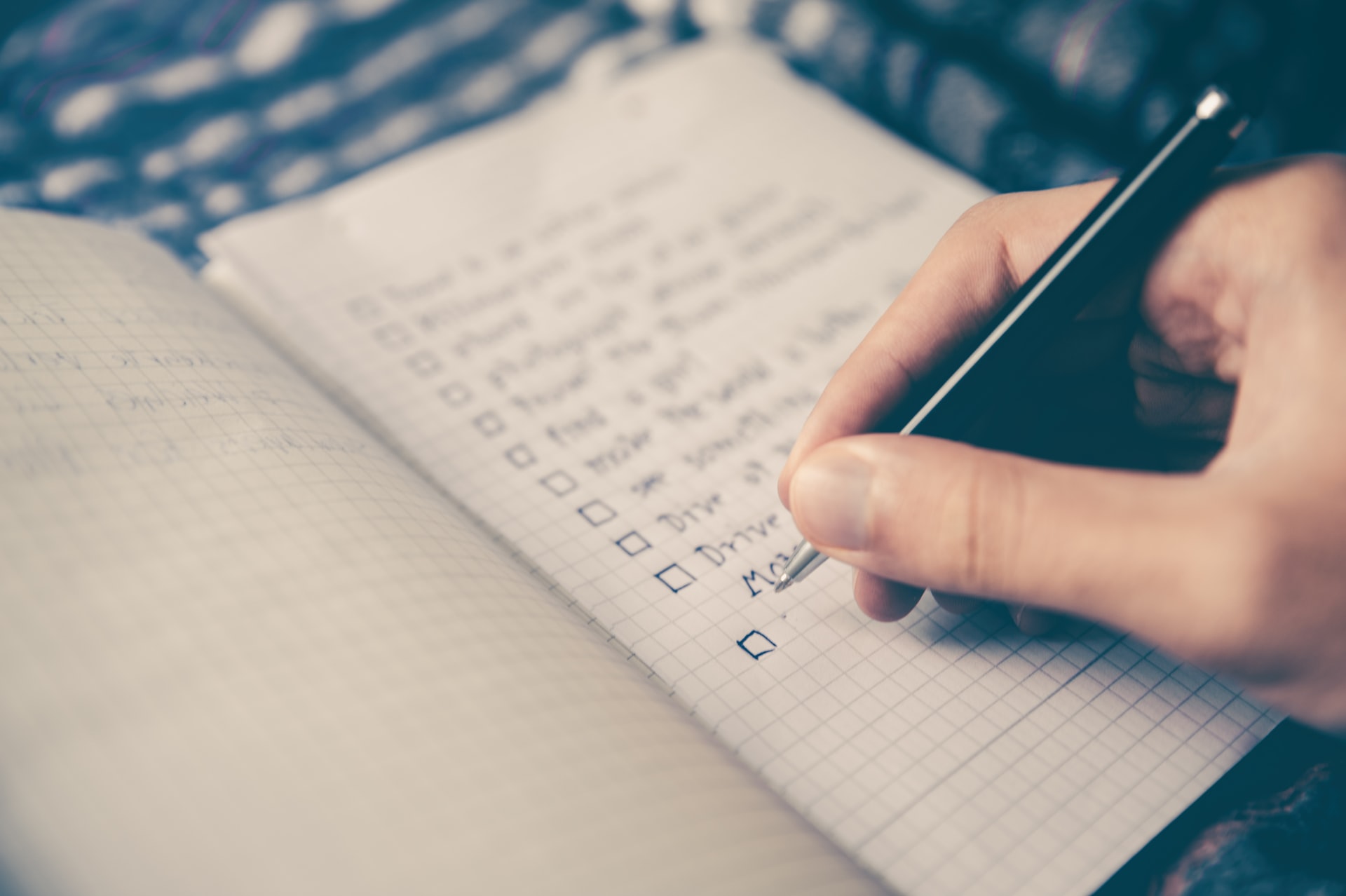
As a result, it isn’t easy to find the appropriate software. To that end, we’ve been hard at work studying the top to-do apps to discover the finest ones for different use scenarios. We began by searching for the top applications for each platform: Android, Windows, macOS, and iPhone/iPad.
Now, we’re presenting you with what we believe to be the crème of the crop. Whatever you’re searching for, one of these applications will be ideal.
What Makes a Great To-Do List App
When it comes to to-do lists, everyone has their own set of criteria. We kept in mind this while we evaluated applications and observed a few characteristics that stood out.
- Make adding and organizing jobs as simple as possible. A task should ideally be added and classified with a few taps or keystrokes
- Provide several methods for organizing your tasks. Tags, lists, projects, and due dates are all useful, and the best applications have at least a few of these categories
- Provide simple user interfaces. Well-designed to-do applications integrate into your workflow, allowing you to go back to what you’re intended to be doing
- Sync your data across all platforms. Which platforms you utilize will depend on your preferences, but we didn’t include anything that doesn’t sync between desktop and mobile
We looked for the top applications that balanced these factors in a variety of ways. None of these alternatives will be ideal for everyone, but hopefully, one of them will be. Let’s get started!
1. Todoist
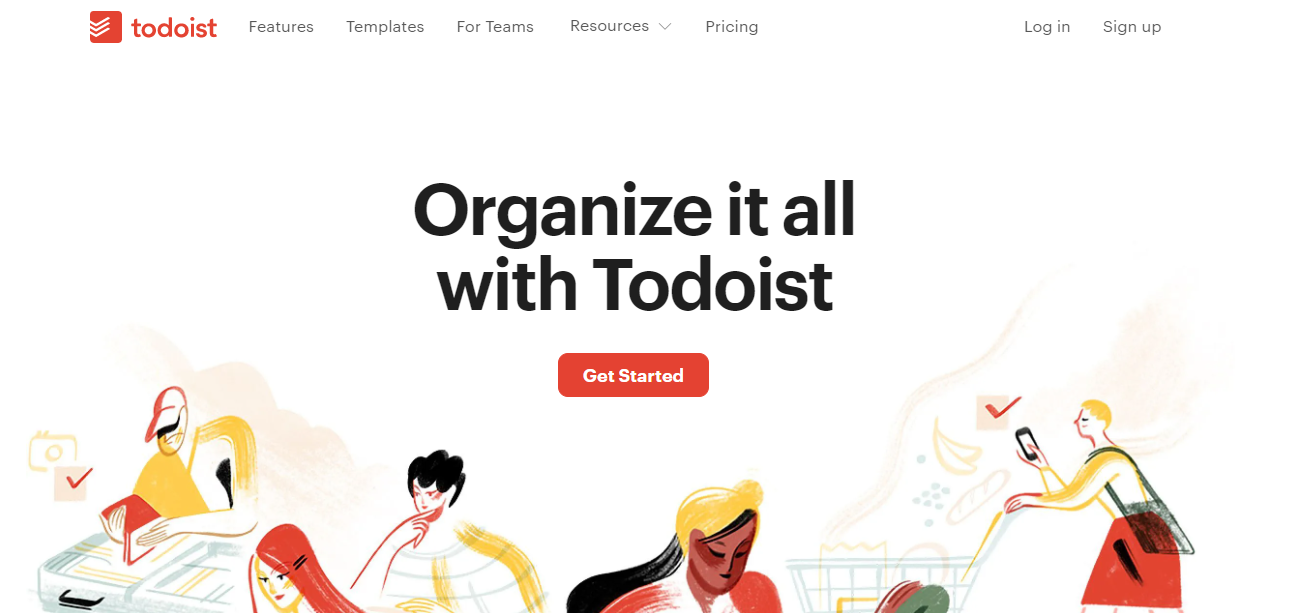
Todoist isn’t the most powerful to-do list application available. It’s also not the most straightforward. That’s the point: this software strikes a balance between strength and simplicity, and it does it while operating on virtually every platform available.
That’s a powerful selling feature, which is perhaps why Todoist, with over 10 million members, is one of the most popular to-do lists right now. The addition of tasks was rapid on all platforms in our tests, thanks in part to natural language processing (type “buy milk Monday,” and the job “buy milk” will be added with the following Monday set as your due date).
Also, you can create new tasks in your Inbox and then assign them to appropriate projects, and also specify deadline dates. Todoist is adaptable enough to fit most workflows but not so sophisticated that it becomes overwhelming. Overall, this is an excellent first to-do list app to attempt, especially if you’re unsure where to begin.
2. Microsoft To Do

Microsoft acquired Wunderlist in 2015 and tasked the Wunderlist team with developing a new to-do list app. Microsoft To-Do is the outcome, and Wunderlist’s DNA can be found throughout the project. The primary interface is simple and easy to use, and adding tasks is simple, but there is a lot of versatility behind the surface.
The truly outstanding feature here, though, is the extensive connection with Microsoft’s ecosystem. Outlook users may now sync their tasks from that program to Microsoft To-Do, implying that there is now a mechanism to sync Outlook tasks to mobile devices.
In addition, this is the prettiest to-do list app on the market, in our opinion. You can set custom background images for every one of your lists, allowing you to tell at a glance which list you’re looking at. And since you’re going to be looking at your task list all day—it might as well look good.
3. Things
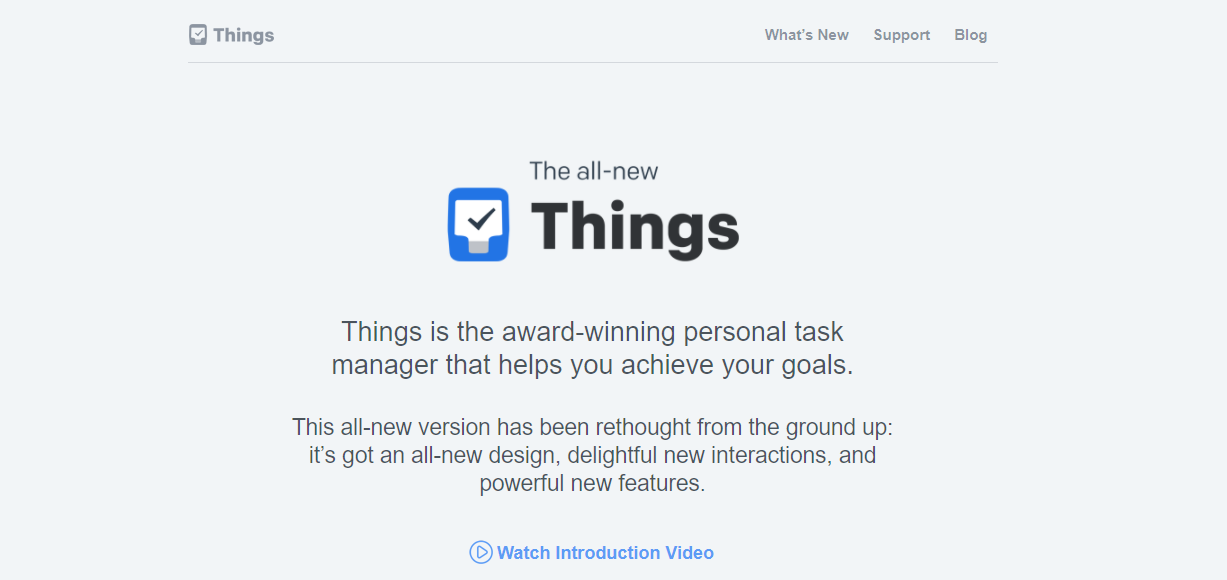
To-do list applications are divided into two types: complicated and minimalist. Things is both in some ways, which is about the biggest compliment we can give a to-do list software. This program has plenty of functionality, but it always seems straightforward to use.
Adding jobs is simple, as is arranging them, but there appears to be an infinite number of ways to organize them. Areas can include tasks or projects; projects can contain jobs or headers that can also manage tasks; if desired, tasks can include subtasks. It doesn’t sound effortless, but it is, which says much about how effectively Things are built.
However, the main drawback is the complete lack of Windows and Android versions, but this choice is likely part of what allows the team to focus on creating such a clean product. So, if you own an Apple device, you owe it to yourself to give Things a shot.
4. OmniFocus
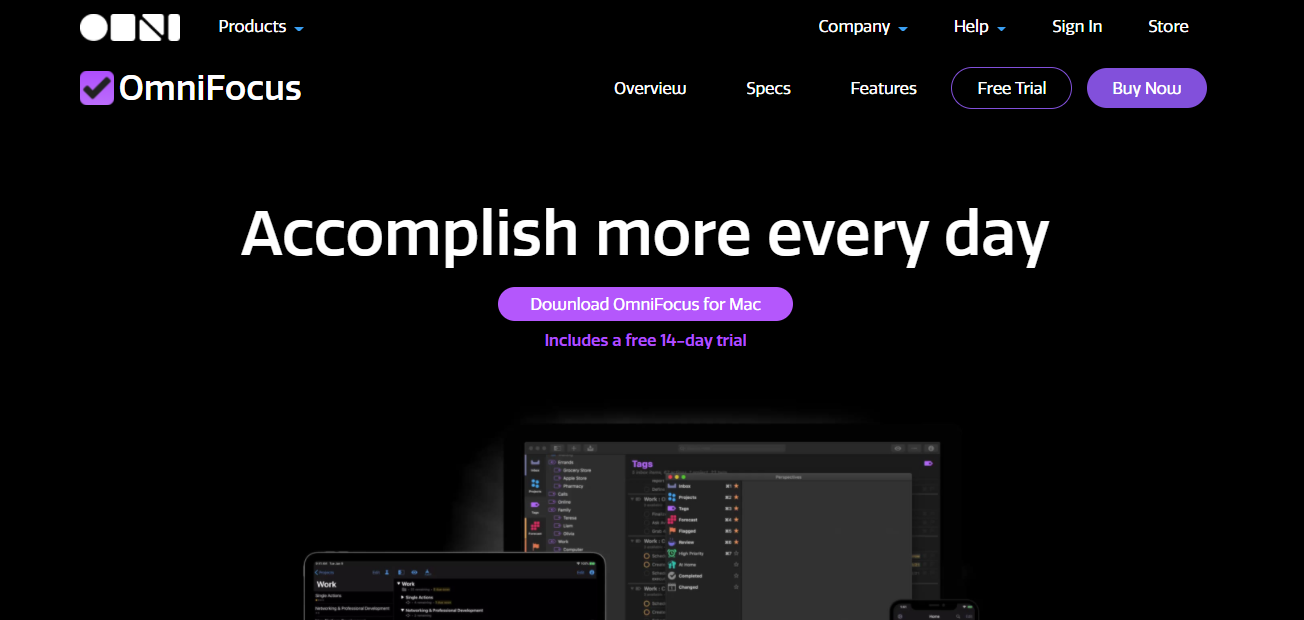
OmniFocus is an Apple-exclusive program based on David Allen’s Getting Things Done (GTD) concept. Still, with many capabilities, it can be used for almost any organizing system you can think of. You may set up three distinct types of projects, for example, depending on whether you need to perform things in a specific order or not.
By default, six primary views allow you to organize your tasks by the due date, project, and tag. If you have the Pro edition, you can even add different views. OmniFocus is a power user’s fantasy, with more features than anyone could expect to include into a workflow, which is the point.
5. TickTick
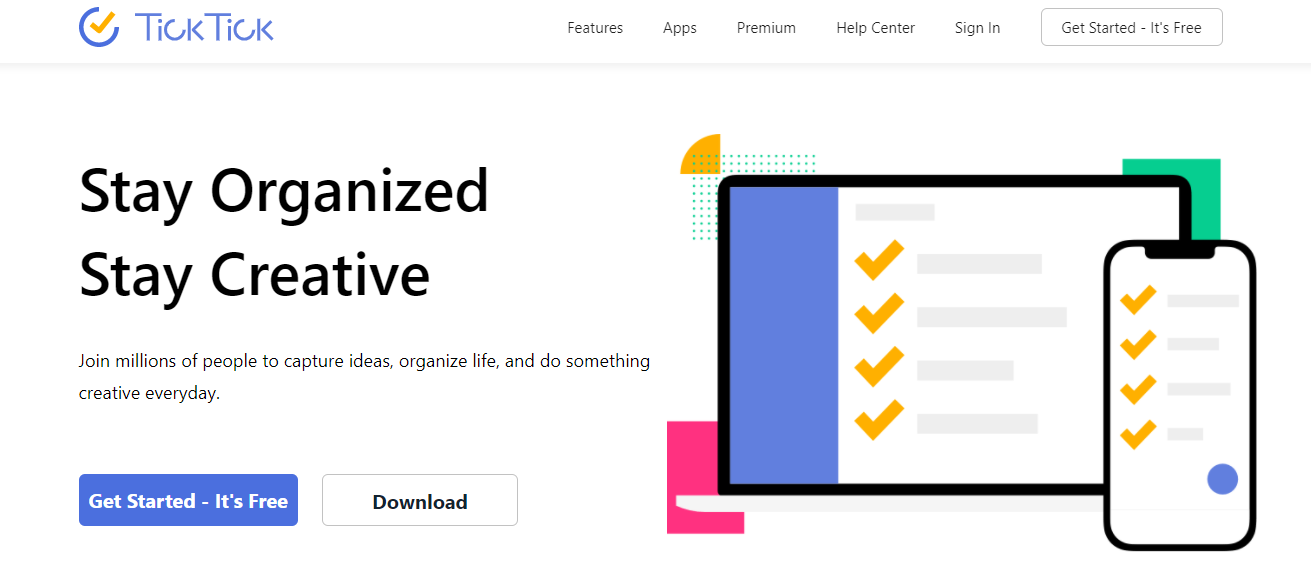
TickTick is a rapidly expanding to-do list software with many features available on every platform imaginable. Because of natural language processing, adding tasks is a breeze. Tasks may be structured using lists, tags, and due dates, and each work can have sub-tasks added to it. There’s also a universal keyboard shortcut on the desktop making it easy to add a task before returning to what you’re doing.
TickTick provides all of this with programs that seem native—the macOS version, for example, differs from the Windows version in ways that make sense given the differences between the two systems. TickTick also has a few more features that go above and beyond what other applications provide.
Firstly, a Pomodoro timer built-in allows you to start a 25-minute work session for any of your projects. Secondly, it integrates with a variety of third-party calendars, enabling you to view all of your chores and appointments in one location, as well as to conduct some time blocking.
Finally, there’s a built-in habit-tracking tool that lets you see how many days you followed through with your fitness and diet commitments. It’s a fantastic set of features that is unlike anything else on the market.
Conclusion
Whether you want to handle personal chores or a small team, having an intelligent to-do list app may help you become organized and get more done.
A to-do app is only as good as the information you enter into it, so in addition to choosing the appropriate app, you might want to read these suggestions for making better to-do lists.